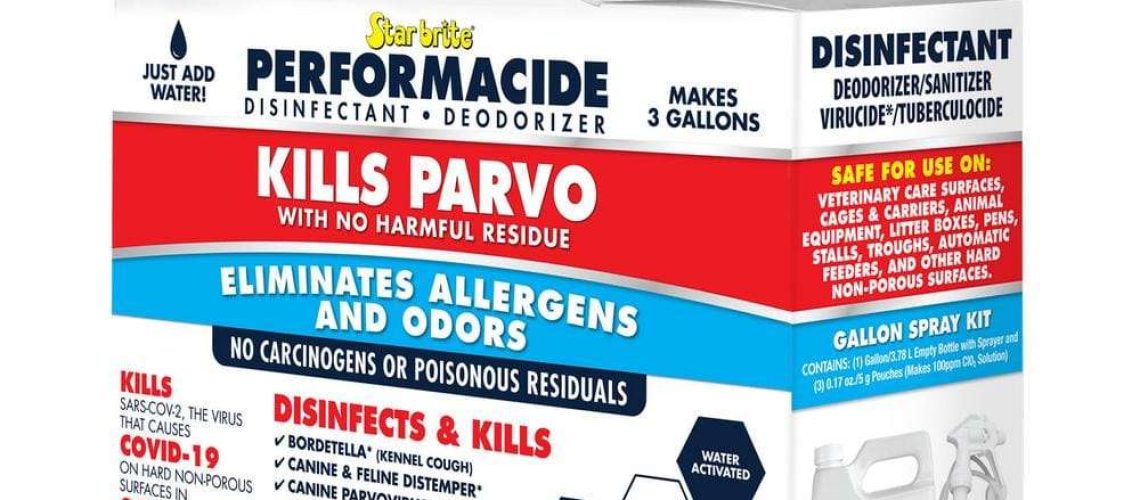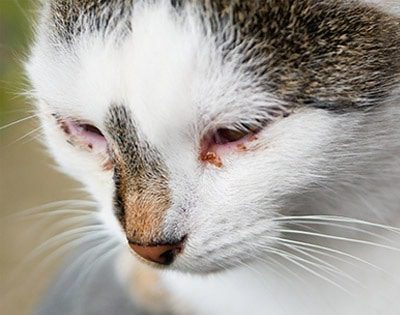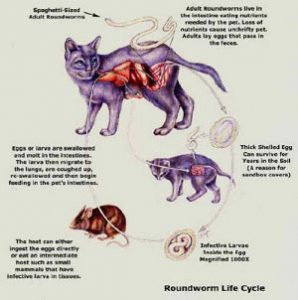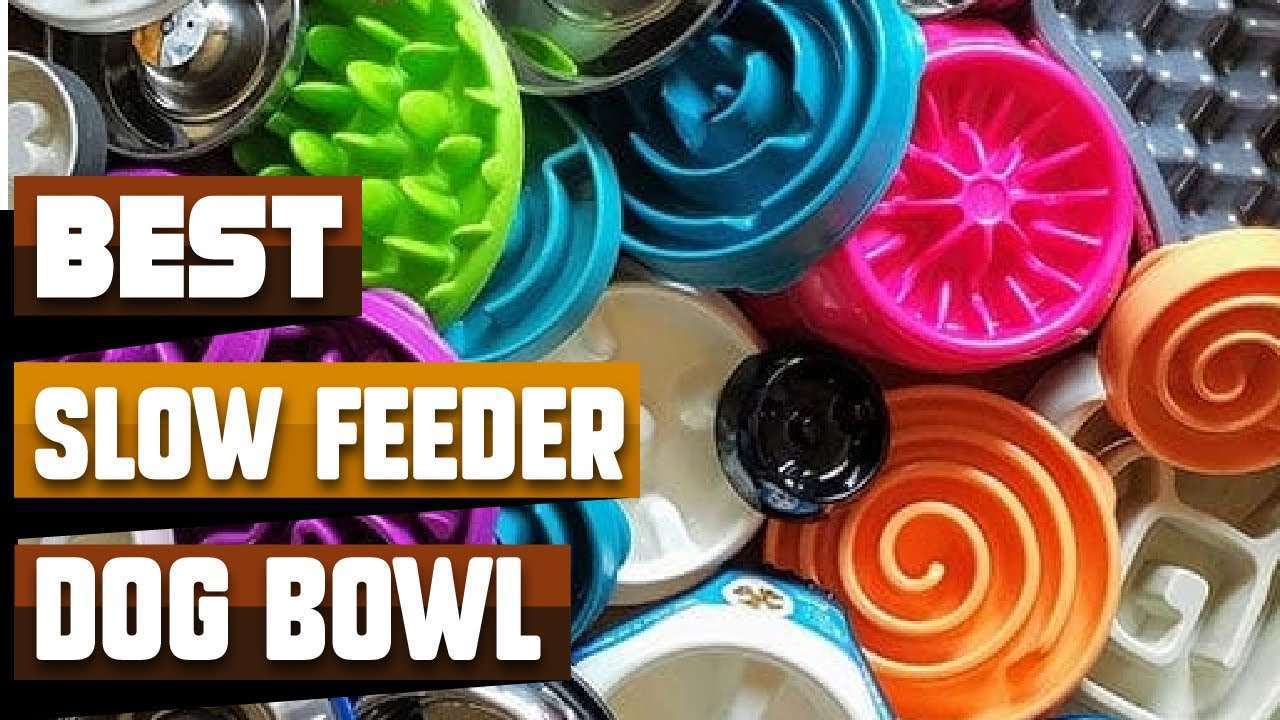Key Takeaways:
- Properly disinfecting your home after a parvovirus infection is crucial to prevent the spread of the virus and protect other pets.
- Use a bleach solution with a concentration of 1 part bleach to 32 parts water to effectively kill the parvovirus on surfaces.
- Focus on cleaning areas where your infected dog had direct contact, such as their bedding, toys, food bowls, and any surfaces they frequently touched.
- Allow the bleach solution to sit on surfaces for at least 10 minutes before rinsing or wiping it off.
- Regularly wash your hands with soap and water while handling items from an infected dog's environment and avoid touching your face to minimize the risk of transmission.
Are you a dog owner who wants to keep your furry friend safe and healthy? If so, then understanding how to properly disinfect your home after a case of parvovirus is essential. Parvovirus is a highly contagious and potentially deadly disease that can affect dogs of all ages. By taking the necessary steps to disinfect your home, you can prevent the spread of this virus and ensure the well-being of not only your own dog but also other dogs in your community. In this article, we will explore the best practices for effectively disinfecting your home after parvovirus, providing you with the knowledge and tools to create a clean and safe environment for your beloved pet. So let's dive in and learn how to protect our furry friends from this dangerous disease!
Understanding Parvovirus in Dogs and the Importance of Home Disinfection
What is Parvovirus?
Parvovirus is a highly contagious viral infection that affects dogs, particularly puppies. It can be spread through direct contact with an infected dog or by coming into contact with contaminated surfaces or feces. The virus primarily attacks the gastrointestinal system, causing severe vomiting, diarrhea, and dehydration. In some cases, it can also affect the heart muscles.
The Importance of Home Disinfection
Home disinfection is crucial after a dog has had parvovirus to prevent the spread of the virus to other pets and to ensure a safe environment for humans. Parvovirus can survive on surfaces for extended periods, making it essential to thoroughly clean and disinfect all areas where the infected dog has been. Failure to properly disinfect can result in other pets contracting the virus or reinfection of the same dog.
How Parvovirus Spreads and Common Contaminated Areas in Your Home
How Does Parvovirus Spread?
Parvovirus spreads through direct contact with an infected dog's feces or vomit. When a healthy dog sniffs or licks contaminated areas, they can contract the virus. Additionally, people who come into contact with infected dogs or contaminated surfaces can inadvertently carry the virus on their hands or clothing, spreading it to other dogs.
Common Contaminated Areas in Your Home
When a dog has parvovirus, several areas in your home become potential sources of contamination. These include:
1. Crate: If your infected dog spent time in a crate while sick, it's important to thoroughly clean and disinfect it.
2. Bedding: Any bedding used by the infected dog should be washed in hot water with detergent and bleach to kill the virus.
3. Floors and surfaces: Parvovirus can survive on floors, carpets, and other surfaces for months. These areas should be cleaned and disinfected using appropriate products.
Effective Ways to Disinfect Your Home After a Dog Has Had Parvovirus
Step 1: Remove Organic Matter
Before disinfecting, it's crucial to remove any organic matter such as feces or vomit from the affected areas. Use disposable gloves and paper towels to clean up the mess, disposing of them properly.
Step 2: Clean with Detergent
Next, clean all surfaces with a detergent or soap solution. This helps remove any remaining organic matter and prepares the area for disinfection.
Step 3: Disinfect with Bleach Solution
Prepare a bleach solution by mixing one part household bleach with ten parts water. Apply this solution to all surfaces that can tolerate bleach. Let it sit for at least ten minutes before rinsing thoroughly with water.
Cleaning Products and Techniques for Parvovirus Disinfection
Bleach Solution
A bleach solution is highly effective in killing parvovirus. Mix one part bleach with ten parts water to create a disinfectant solution. Remember to wear gloves while handling bleach and ensure proper ventilation during the cleaning process.
Note:
Avoid using ammonia-based cleaners or products containing hydrogen peroxide as they are not effective against parvovirus.
The Survival Time of Parvovirus on Surfaces and the Importance of Thorough Cleaning
Survival Time of Parvovirus on Surfaces
Parvovirus can survive on surfaces for months, making it crucial to thoroughly clean and disinfect all areas where the infected dog has been. The virus is resistant to many common disinfectants, so using a bleach solution is recommended.
The Importance of Thorough Cleaning
Thorough cleaning is essential to remove any organic matter that may protect the virus and to ensure the disinfectant reaches all areas. Failing to clean surfaces properly can result in the virus persisting and posing a risk to other pets or reinfection of the same dog.
Precautions and Safety Measures for Disinfecting Your Home from Parvovirus
Wear Protective Gear
When disinfecting your home after parvovirus, always wear disposable gloves, protective eyewear, and a mask if necessary. This helps prevent direct contact with the virus or harmful cleaning chemicals.
Ventilate the Area
Ensure proper ventilation while cleaning and disinfecting your home. Open windows or use fans to circulate fresh air, especially when using bleach or other strong cleaning agents.
Keep Pets Away
During the cleaning process, keep pets away from the area being disinfected. Restrict their access until all surfaces are dry and free from any residual chemicals.
A Step-by-Step Guide to Properly Disinfecting Your Home After a Dog Has Had Parvovirus
1. Put on disposable gloves, protective eyewear, and a mask (if necessary) before starting.
2. Remove any organic matter such as feces or vomit using paper towels.
3. Clean surfaces with detergent or soap solution to remove remaining organic matter.
4. Prepare a bleach solution by mixing one part household bleach with ten parts water.
5. Apply the bleach solution to all surfaces that can tolerate bleach.
6. Let the bleach solution sit for at least ten minutes.
7. Rinse all surfaces thoroughly with water to remove any residual bleach.
8. Dispose of gloves, paper towels, and any other used cleaning materials properly.
9. Wash your hands thoroughly with soap and water.
Remember, proper disinfection is crucial to eliminate parvovirus from your home and protect the health of your pets and family members.
In conclusion, it is crucial to thoroughly disinfect your home after a parvovirus infection in dogs. By following the proper cleaning procedures and using effective disinfectants, you can help prevent the spread of this harmful virus and ensure a safe environment for both your dog and your family.
How do you disinfect a room after parvo?
Regular household products are generally not effective in killing Parvo, so it is necessary to dilute regular bleach with water or purchase a pre-diluted bleach solution specifically made for cleaning after Parvo.
Do I have to disinfect everything after parvo?
To eliminate the virus, it is important to wash your hands with soap and water. In order to get rid of parvovirus from surfaces such as toys, clothing, and cages, specific disinfectants must be used.
How long does it take to get parvo out of your house?
Parvo has the ability to survive indoors for up to two months and outdoors for extended periods of time without drying out. It is resistant to cold, heat, humidity, pH changes, and many commonly used cleaning and disinfecting agents. Once parvo is present in an area, it is extremely challenging to completely eliminate.
Do I need to disinfect my house if my dog has parvo?
Puppies that have not been vaccinated are vulnerable to contracting parvovirus, a dangerous disease that primarily impacts unvaccinated puppies. This virus is highly contagious, so if your dog is diagnosed with it, it is important to thoroughly sanitize your home before their return.
How long does parvo last on floors?
Parvovirus is known for its exceptional resilience, as it can remain viable in the environment for as long as nine years, including in soil and on the ground. It can also withstand various household cleaning products, with the exception of bleach, as well as endure extreme temperatures and levels of humidity. These characteristics make it challenging to contain the spread of the virus.
Is Lysol effective against parvo?
Can Clorox Wipes or Lysol Wipes eliminate Parvo? No, Clorox Wipes and Lysol Wipes are not effective in killing canine parvo. If you need a wipe specifically designed to eliminate canine parvovirus, we suggest using these Wipes by Micro-Scientific Opti-cide 3 (provide a product link).

















